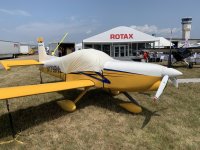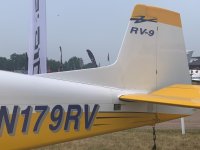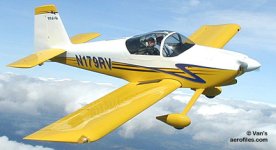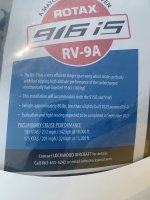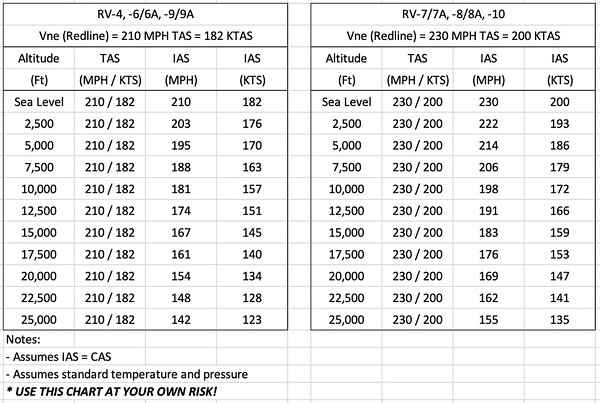CaptPausert
Active Member
I saw the pics of the 915 powered RV-9 at Oshkosh. When I asked Vans about this back at Sun n Fun I was told that they had had yaw divergence issues due to the extended nose and they really wouldn't say anything beyond that. I also asked at Lockwood and they wouldn't say anything.
Would be really interesting to know how they fixed the yaw issues.
Would be really interesting to know how they fixed the yaw issues.



